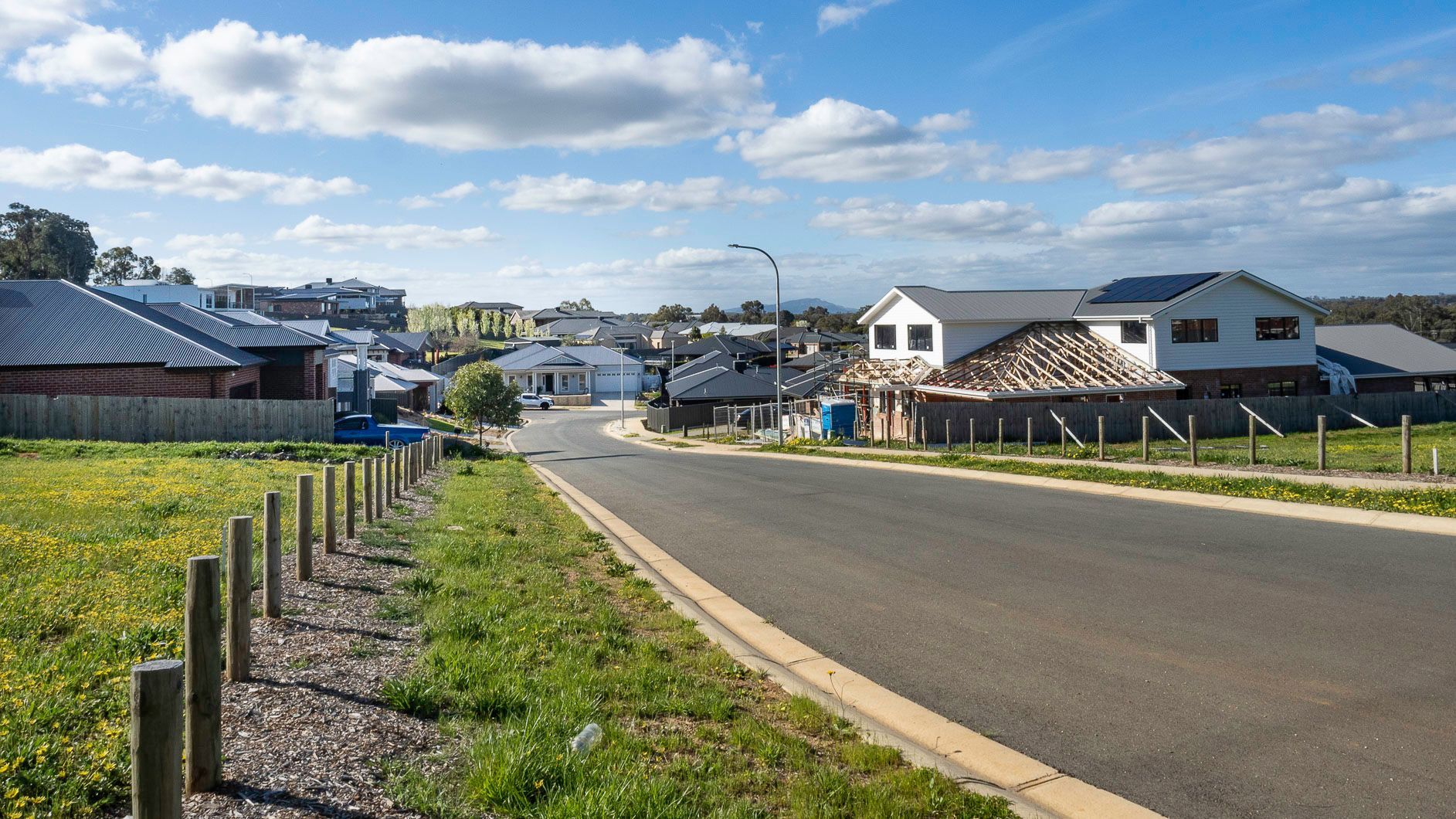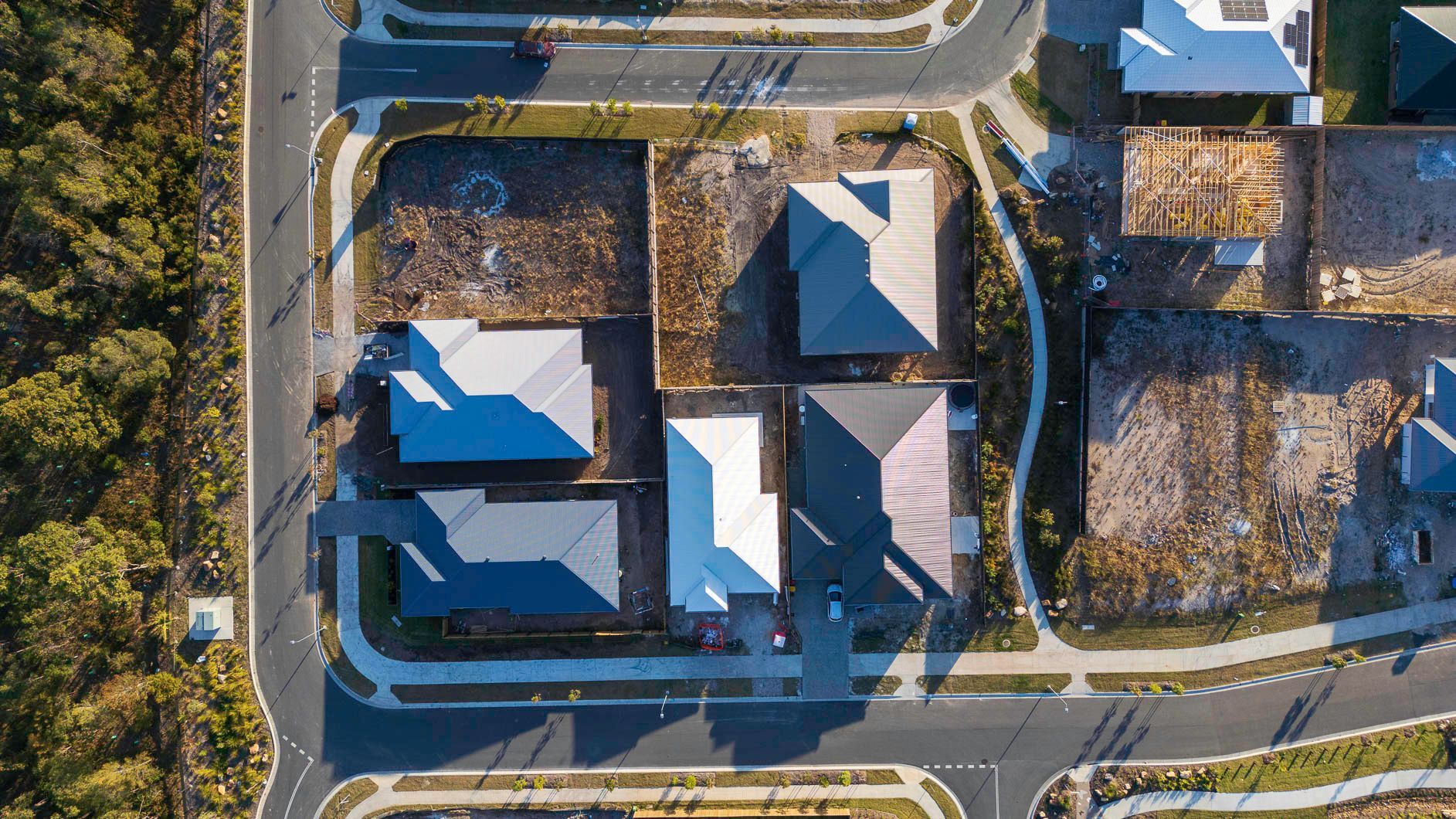Australia’s Urban Residential Development (URD) has changed significantly in recent years, driven by economic shocks, regulatory reforms and evolving community expectations.
Neville Green discusses rising project costs and key drivers for change, and how Balpara works with developers to help overcome current challenges.
Key Points:
- Project feasibility remains challenging despite finance improvements, because finance and design/construction costs remain significantly higher than they were five years ago.
- The increased complexity of projects due to sustainability, technology, design preferences and compliance requirements are increasing timeframes.
- Efficiency and cost reductions can be gained from collaboration during the planning and design stages.
The National Housing Accord agreed to build 1.2 million new homes over five years. However, the start has been slow with only 170,000 homes built in just over 12 months. At the same time, housing approvals are declining, down 6 per cent in August 2025. The Federal government is making changes to help people get into their first homes and progress this project, and urban residential development is expected to increase significantly next year.
We talk to Balpara’s Business Development Manager, Neville Green, about what is impacting project feasibility, the key drivers of changes in urban residential development, and what developers can do moving forward.
High URD project costs are reducing feasibility
Between July 2022 and April 2023, 1,709 construction companies across the country entered administration, according to data from the Australian Security and Investments Commission (ASIC). This includes the likes of Porter Davis, Probuild, Pivotal Homes, and more recently, South Australian builder Qattro. These insolvencies were driven by a perfect storm of factors, including the rising cost of cash, pandemic-induced supply chain issues, material cost spikes and labour shortages.
Despite some improvements, project costs have continued to challenge developers.
Cost of Finance
For context, the cash rate remained less than 2% from May 2016 until September 2022, reaching as low as 0.1% in October 2020 and continuing at this level until April 2022. It was in this period that acquisitions and off-the-plan sales surged. Since then, the cash rate has risen rapidly, peaking at 4.35% in November 2023, where it remained until February this year.
Neville explains that despite reductions in cost of finance in 2025, it is still significantly higher than it was, with some long-term projects weighed down by this. The Reserve Bank of Australia recently decided to leave the cash rate unchanged at 3.6 per cent. Lenders now require higher equity contributions and more comprehensive proof of feasibility from developers. “These factors have made it more difficult to get projects off the ground,” says Neville.
Cost of Design & Construction
It is estimated construction costs in Australia have risen by 30% or more since the pandemic. While inflation has eased somewhat, building material costs continue to rise, placing ongoing pressure on urban residential development. The sector also faces increased strain from persistent demand for restoration following extreme weather events and ongoing resource shortages.
Neville explains that developers are also dealing with higher holding costs and a more cautious market, as buyers remain wary of construction defects and builder insolvencies. This has impacted on project feasibility, as lenders now take into consideration buyer demands in location, design and price.
Changing needs are increasing URD timeframes
The length of urban residential projects has increased at every stage, including tenders, planning and approval, design and construction. As Neville says, “These longer timeframes mean developers pay a premium to hold onto the land, which impacts on viability.” So why are timeframes increasing? There are so many factors, including rigorous compliance requirements, community consultation, and buyer demands and changing approaches.
Some state governments, most recently New South Wales, have introduced fast-track pathways for large-scale housing projects, bypassing local council controls to accelerate delivery. However, this doesn’t address many of the reasons for extended timelines. Buyer and community demands have resulted in urban development trends that are expanding the scope of projects.
Shift toward sustainability and energy efficiency: The push for net-zero emissions and electrification of homes has driven demand for advanced electrical design, including solar integration, battery storage, and electric vehicle charging infrastructure. According to Neville, power utility standards are continuously changing to accommodate this, which in some instances extends approval timeframes. It’s essential for providers to train staff to ensure mistakes aren’t made, which can result in costly variations.
Smarter, more flexible living spaces: Buyers are preferring more adaptable and flexible living spaces, with open-plan layouts, multi-use rooms, and communal amenities more usual to accommodate remote work and changing family structures. Developers are also trying to get greater yields, so they’re reducing the size of communal lands such as roads and carriageways, which restricts assets going into properties according.
Localised community and shared spaces: Redevelopments and planned communities are increasingly designed around the “20-minute neighbourhood” concept, where residents can access shops, schools, and parks within a short walk or bike ride to reduce reliance on cars. The inclusion of shared spaces such as rooftop gardens, communal kitchens, and collaborative work areas is also a growing trend. This then requires additional assets and public lighting requirements.
Integration of technology and smart infrastructure: Completed developments increasingly include integrated digital infrastructure, smart lighting and energy management systems. Developments have also moved away from gas and embraced solar energy, which has resulted in more power per lot. “We have seen an increase in the need for kiosk substations, which ultimately increases infrastructure costs,” Neville explains.
How can developers overcome these challenges?
Efficiency is key, which can be achieved through further collaboration during the planning and design phases. Working more closely with experienced civil consultants and design houses from the outset can reduce changes to plans. “We see firsthand how planning in collaboration with civil/electrical consultants can help reduce project timeframes and variation costs,” says Neville.
Power companies rely heavily on electrical design houses, which must be accredited, to represent them throughout the project. Without this consultation, civil contractors are forced to change plans more regularly to ensure rigid standards are met.
Balpara is accredited with all major utilities, and provides electrical design, project management, auditing, drafting, electrical surveying, as-built detailing, NBN design and public lighting design services for URD projects. Request a quote.



